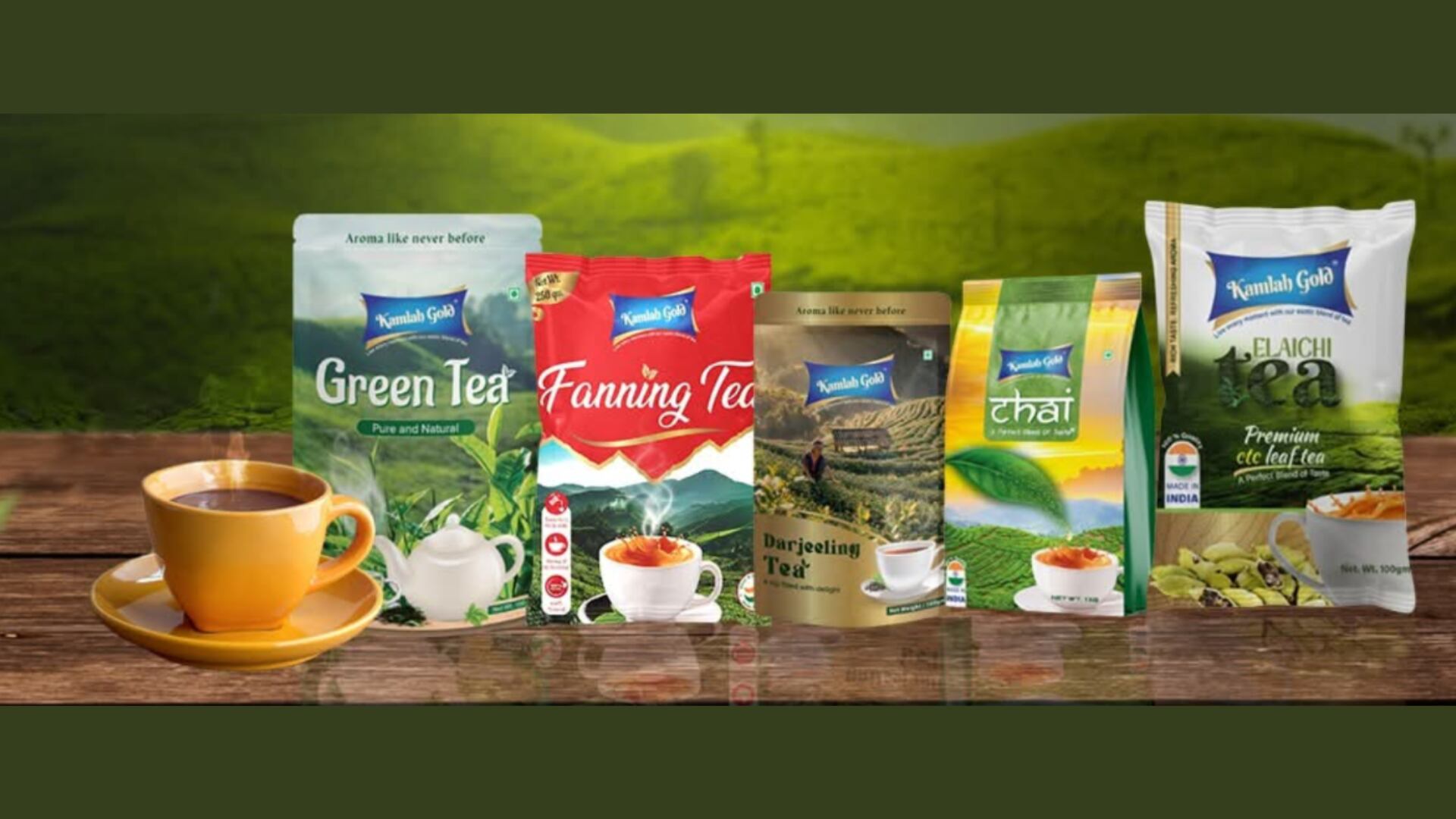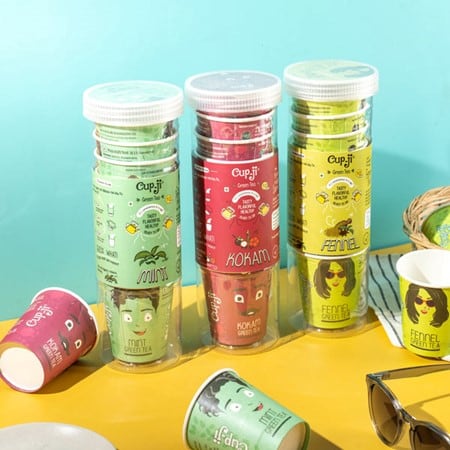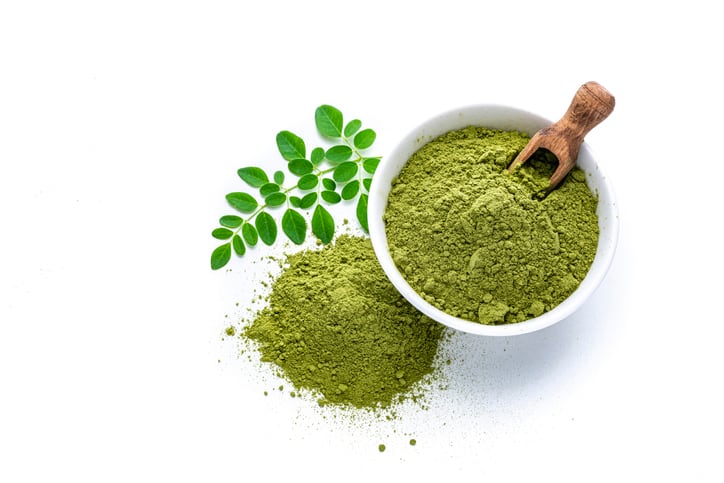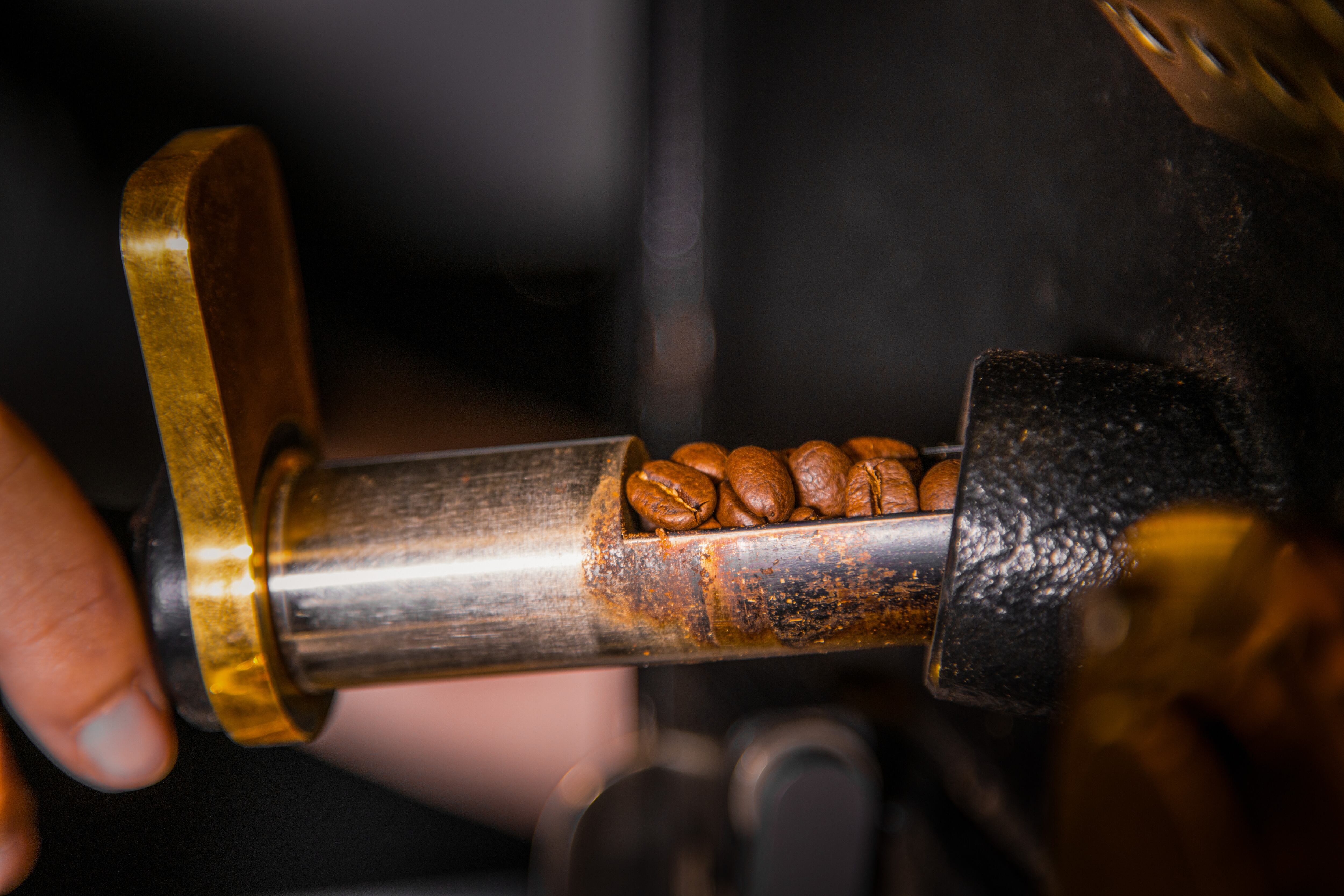The firm’s new range offers convenience and wellness with herb- and spice-infused blends designed for quick preparation and portability.
The new range’s premixes and teabags come in individually packed sachets, while loose tea leaves are packed in resealable 100g pouches, which help retain aroma and freshness.
According to Kamlah Gold Director Rohith Agarwaal, demand for speed and ease of use is especially high in fast-paced APAC markets like Singapore.
“Convenience and speed are key, especially in places like Singapore where life is fast-paced. People don’t have time to brew traditional teas.
“Our products are quick. The premixes and teabags give you tea within a minute, and you can brew a cup of tea with loose leaves in three to five minutes,” said Agarwaal.
Beyond convenience, the firm places strong emphasis on regional customisation, driven by varying taste preferences across markets.
Regional customisation key to product development
“We can’t have one-size-fits-all products. We need market-specific offerings – that’s our biggest challenge. It requires maintaining multiple SKUs, which demands significant R&D and investment,” said Agarwaal.
For instance, taste preferences can impact sweetness levels and product format.
Agarwaal said: “Our lemon chai premix might be too sweet for Singaporeans, who are more health-conscious and prefer less sweetness and quicker preparation. But in India, people generally like it sweet.
“And in Europe, customers don’t want milk-based products, while the Middle East is similar to India in terms of taste preferences.”
Agarwaal said that loose teas are more popular in India and the Middle East as consumers in these regions prefer to engage in the process of tea brewing, which takes longer but is believed to offer a more complex and richer flavour.
In contrast, consumers in South East Asia, Australia, and New Zealand generally prefer premixes and teabags for a quick fix.
However, no matter the taste preferences, consumers are interested in healthier, natural beverages.
Tapping health-conscious trends
Health consciousness plays a role in the firm’s strategy.
Though Kamlah Gold does not position its teas as medical solutions, its range caters to consumer interest in natural, low-calorie, additive-free beverages.
Its lemon honey and tulsi tea is described as soothing for the throat, while its lemongrass chai is associated with relaxation and immune support.
Other blends, such as ginger chai and masala chai infused with cardamom, are traditionally consumed to aid digestion.
This new range was launched at the FHA Food & Beverage 2025 exhibition, held at Singapore Expo from April 8 to 11. They are not available in physical stores yet but have already generated interest online, where the firm listed them for orders on its website.
The company actively exports to the Middle East and is eyeing South East Asia, Australia, and New Zealand for further expansion. Distribution is handled through local partners and ecommerce platforms like Amazon.
Future product development will include blends targeting relaxation and skin health. Agarwaal believes these health concerns are on the rise globally, making it easier to launch the firm’s products worldwide.
To stand out in competitive markets, the brand leverages its flexibility. For example, it offers premix coffee in its latest range for consumers seeking more options for a caffeine fix, such as in Australia and New Zealand.
The firm also avoids imposing minimum order quantities and leverages strong logistics partnerships, particularly in Singapore, where Agarwaal claims few Indian tea brands are making comparable marketing efforts.





